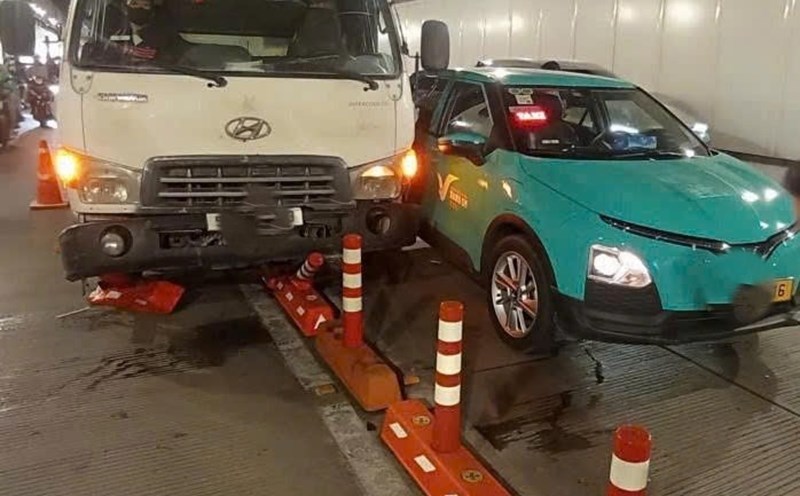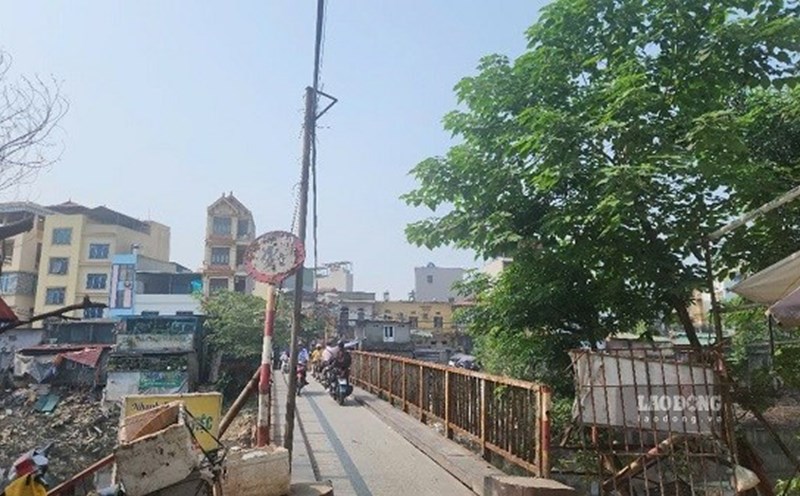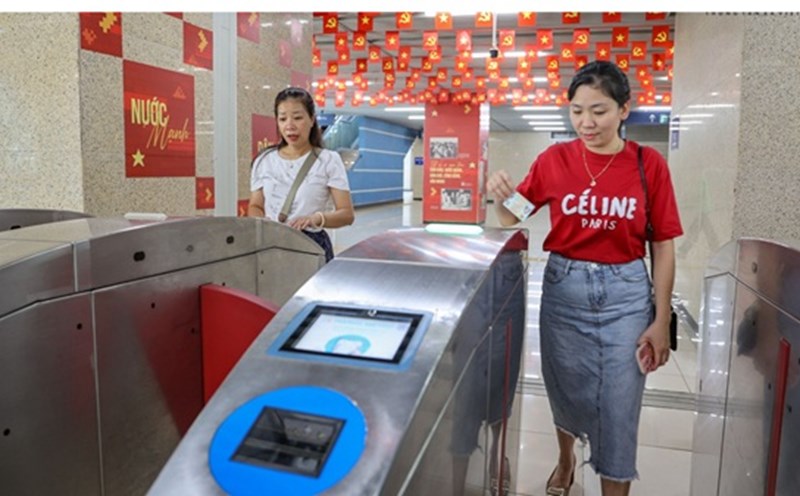According to the plan, Ho Chi Minh City Police will deploy forces at 366 traffic checkpoints across the city; of which 191 key checkpoints are led by Traffic Police (CSGT), directly coordinating with the Commune and Ward Police, security forces at the grassroots level and youth volunteers.
The key task is to command and control traffic, strictly handle violations such as stopping and parking in violation of regulations, not obeying traffic lights, riding on the sidewalk, not wearing helmets, ... which are direct causes of congestion and accidents.
The commune-level police force is assigned a core role in managing security, order and traffic safety at the grassroots level; closely following the area, handling incidents quickly to avoid forming hot spots.
The grassroots police will also coordinate with border units, local authorities and media agencies to propagate the law, raise public awareness, and at the same time apply technology such as camera systems, digital maps and artificial intelligence (AI) in monitoring, traffic flow and remote congestion clearance.
In the training program, trainees were thoroughly informed about legal regulations, directives of the Ministry of Public Security and the Director of Ho Chi Minh City Police, instructions on command and control skills at checkpoints, remote traffic diversion plans; the process of coordinating with traffic police to handle violations; skills in cultural behavior, determination in performing public duties.
At the same time, forces are instructed on the use of equipment and technology applications to support traffic management.
Ho Chi Minh City Police said that the plan to arrange traffic regulation forces is a proactive and sustainable solution, both reducing pressure on traffic police and enhancing the role of grassroots police, while putting technology into management.
The goal is to reduce accidents, control and prevent congestion, and build a safe, civilized, and smooth traffic environment for this extremely dynamic city.











